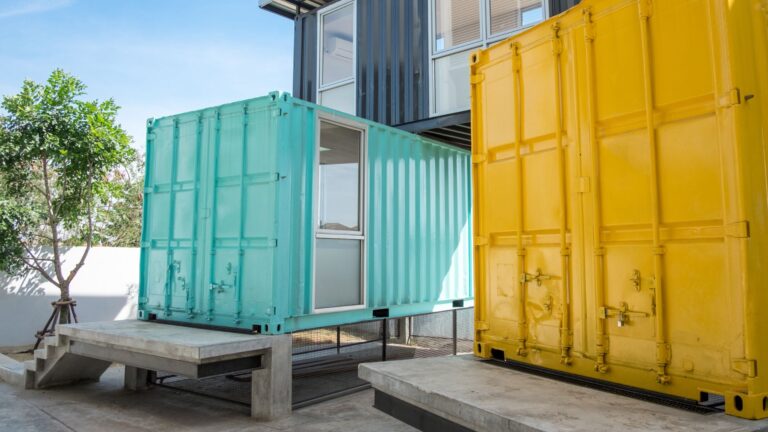There’s a growing trend of repurposing shipping containers into exciting new structures. Some people create living spaces, while others may use their new building for retail or other types of business. One of the first obstacles to overcome is how hot these containers can get. It helps to know the best ways to insulate a shipping container when transforming it into a proper structure.
Basic Insulation
One of the most basic ways to insulate a shipping container is by using a combination of styrene foam and plywood. After installation, adding additional walls around the insulation may be a good idea to create a more aesthetically pleasing area. However, this isn’t the most effective way to insulate your container, so it may not be the best option for long-term structures like houses or businesses. However, it may be a good option for areas people don’t spend as much time in, like trade show displays or art galleries.
Spray Foam Insulation
Spray foam insulation is widely considered one of the best ways to insulate a shipping container. Not only does the polyurethane foam work incredibly well, but it’s also easy to install between the ridges of the container. One of the main things to know about shipping container homes is how to keep them comfortable, and the spray foam insulation method is a safe and cost-effective way to control the inner temperature. After installing the foam, you will have to build internal walls for a solid, stable buffer.
Cork Insulation
Cork is a beneficial and more environmentally friendly way to insulate your shipping container structure. Cork is a biodegradable source of insulation that helps create good acoustics in your building since it pairs well with the metal framing of the structure. Many builders looking for greener options may want to invest in cork for their insulation since it pairs nicely with other environmental choices like solar panels or rain collection barrels.

